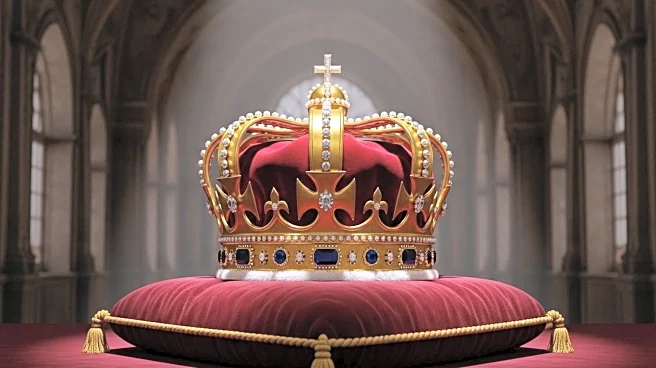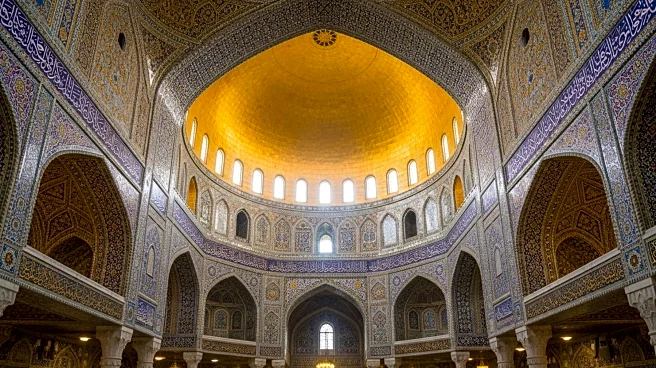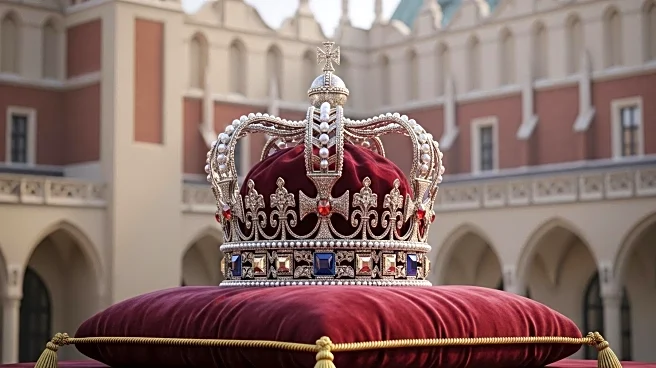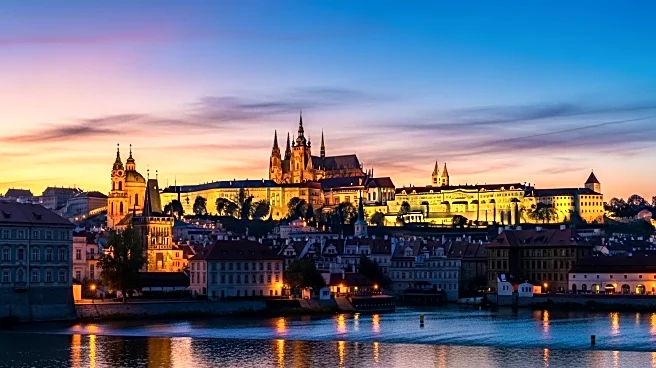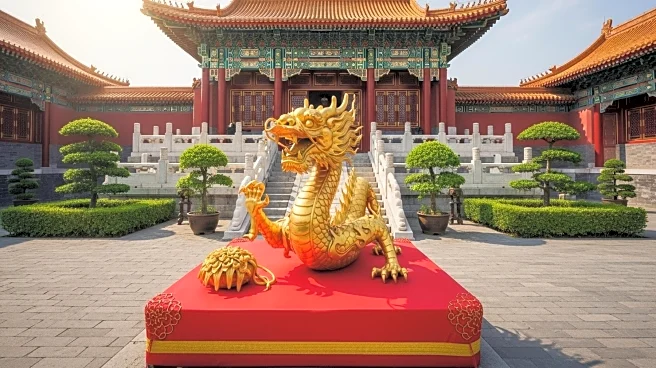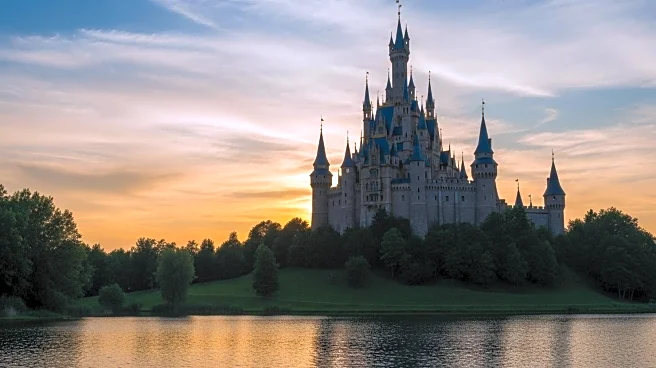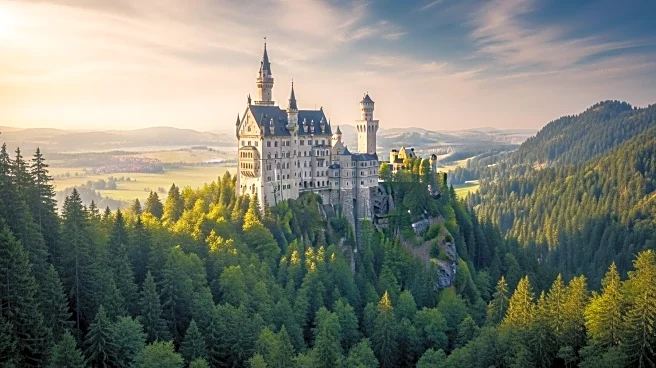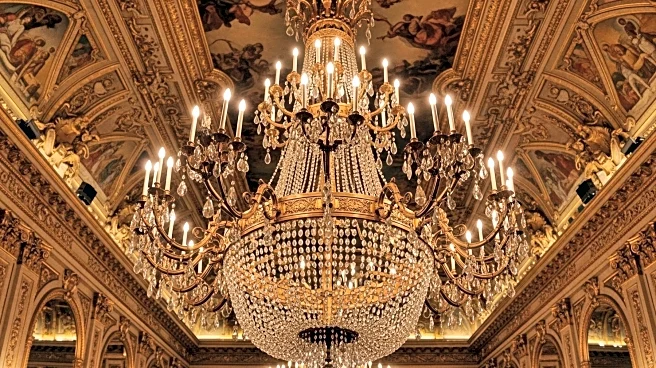The Palace of Versailles stands as a testament to the opulence and power of the French monarchy, particularly under Louis XIV. Its transformation from a hunting lodge to a grand palace marked a pivotal moment in French history, symbolizing the absolute power of the king. Today, Versailles is not only a museum but also a UNESCO World Heritage site, attracting millions of visitors annually.
Scope of Legacy
The legacy of the Palace of Versailles is vast, encompassing architectural innovation, cultural influence, and historical significance. As a masterpiece of French Baroque architecture, it set a standard for palatial design that influenced countless other structures across Europe. The palace's gardens, designed by André Le Nôtre, are equally renowned, showcasing the grandeur of landscape architecture.
Pivotal Contributions
Versailles contributed significantly to the cultural and political landscape of France. It was the center of political power from 1682 until the French Revolution in 1789. The palace hosted numerous important events, including the signing of the Treaty of Versailles in 1919, which ended World War I.
Enduring Influence
The influence of Versailles extends beyond its physical structure. It has inspired countless works of art, literature, and film, becoming a symbol of royal extravagance and the complexities of power. Its role in history continues to be studied and admired, reflecting the enduring fascination with its grandeur.
U.S. Relevance
For U.S. audiences, Versailles represents a connection to European history and culture. Its role in significant historical events, such as the Treaty of Versailles, has had global implications, including shaping international relations and diplomacy. The palace's influence on art and architecture is also evident in various American landmarks and cultural institutions.
 Discover Daily • 8 min read
Discover Daily • 8 min read 